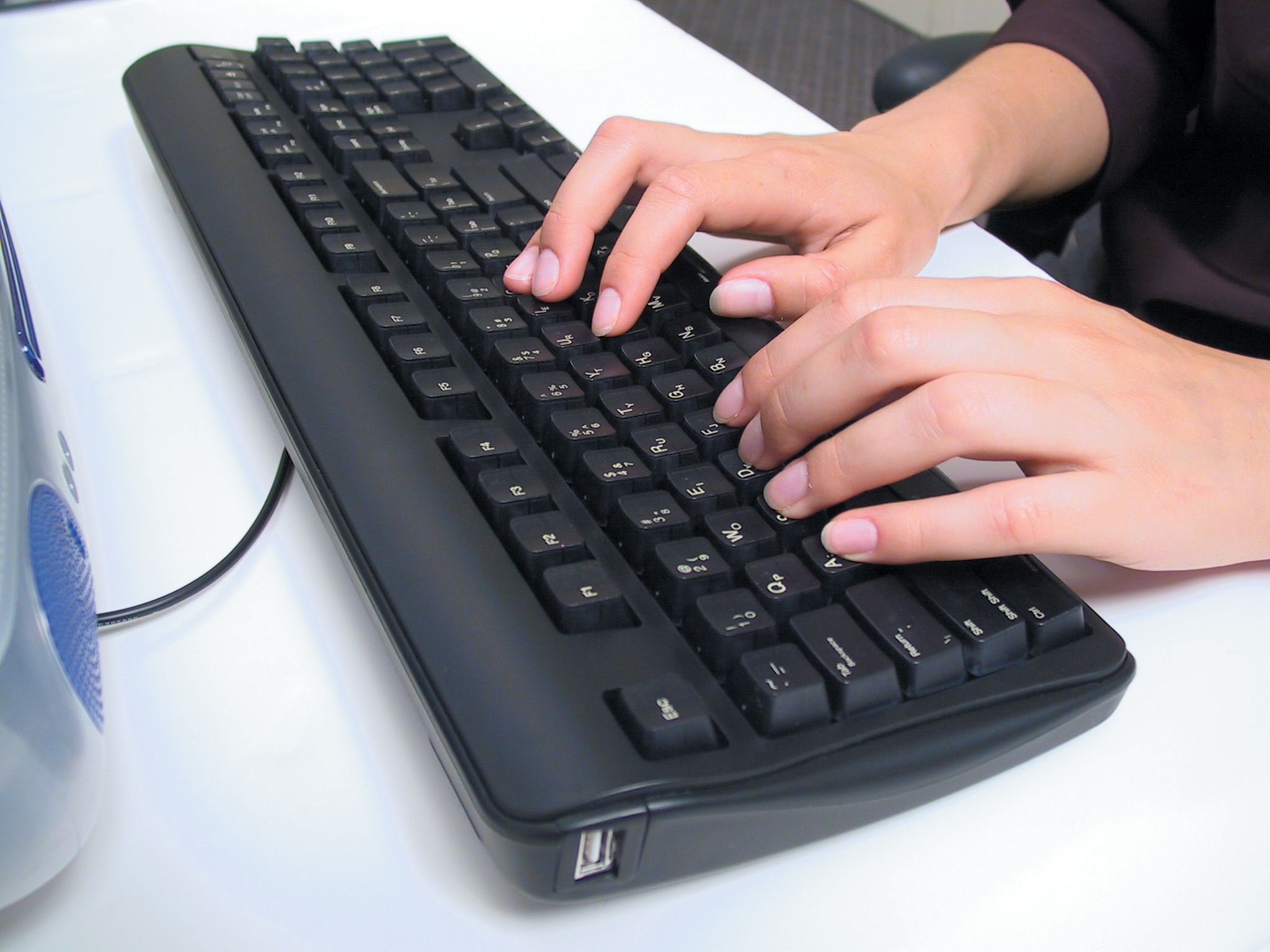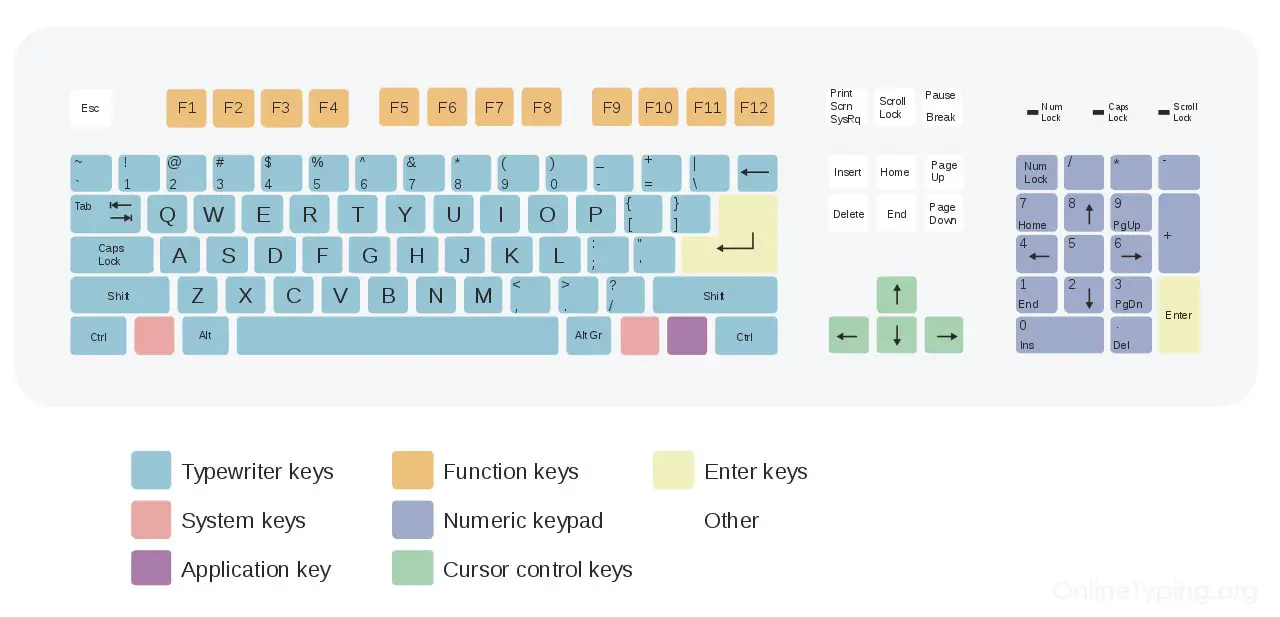
To avoid this hunchback posture, you should position the top of your monitor so that it’s level or slightly below your horizontal eye level. According to WebMD, bending forward exerts too much pressure on your discs.

Looking straight ahead without leaning forward.

The idea is to have your thighs parallel to the seat pan so that your legs form a 90-degree angle at your knees.
Resting your feet flat on the floor or on a footrest. If the chair does not provide adequate support, consider using a lumbar pillow. Resting your back against the chair for maximum support. The result? Low oxygen intake and decreased energy levels.Īccording to Medical News Today, the right sitting position entails: The American Council on Exercise explains that a poor posture compresses your thoracic region, thus preventing the diaphragm from opening up fully. Sitting in the right posture also boosts your respiratory system. According to Occupational Safety and Health Administration (OSHA), maintaining the right posture is important to maximize your productivity and mitigate the risk of work-related MSDs. As such, it’s critical to sit properly as well. When typing, how you sit dictates the posture of your hands and fingers. In an upright or slightly reclined sitting position, a flat or negatively tilted keyboard is more ergonomically sound. The only time a positive tilt is innocuous is when the backrest of your seat is reclined significantly. While this makes the back keys easier to access, ergonomically it is detrimental, causing your wrists to assume an upward flexed posture (wrist extension) at all times. Most conventional keyboards come with legs at the back end prop up the keyboard, creating a positive tilt. If you use a wrist pad, push it flush against the keyboard, and only use it to support your palms (not wrists) when resting. Resist resting your wrists on the desk, which puts pressure on your tendons and cuts off blood circulation. Keep your wrists straight, neither flexed upwards or downwards. A keyboard tray or ergonomic keyboard can be used to achieve a negative tilt in your keyboard. Keyboard should be flat on the desk, or sloping gently away from you (negative tilt). This relaxes your forearms and shoulders. 
Elbows should be in an open angle (90 – 110 degrees).Here are the key steps to achieve the most ergonomic and comfortable typing position: The Ideal Typing Posture According to ExpertsĪccording to Cornwell University and the University of British Columbia, the ideal typing posture is such that the keyboard is below your elbow height when seated, with your wrists straight and not planted on the surface of the desk. Common Problems Due to Poor Typing Posture.The Ideal Typing Posture According to Experts.







 0 kommentar(er)
0 kommentar(er)
